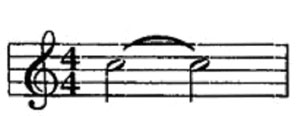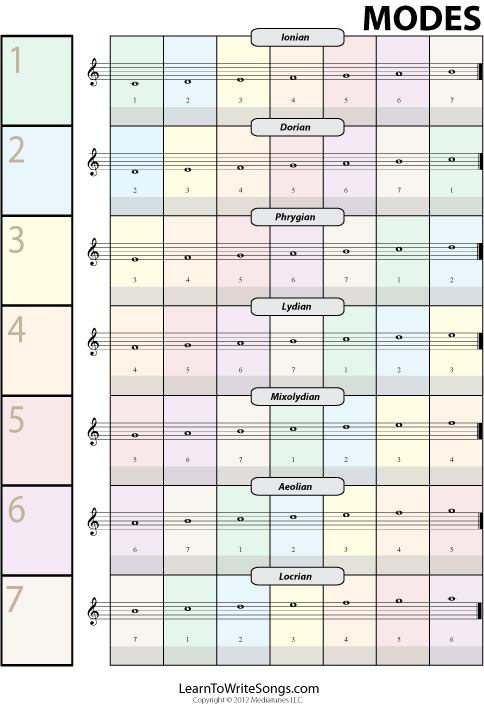Basic Guide You Need For Understanding Music Notation

In order to properly compose or play music it is a valuable skill. Here you will find the elements that make up music. You can use the basic guide for understanding music notation.
A staff is a collection of parallel lines, together with the spaces belonging to them. The modern staff has five lines and six spaces,
When necessary to play above or below the staff, notes are written on and between short lines, called “ledger lines”
The staff is divided into equal parts called “measures”. A bar is a vertical line across the staff, dividing it into measures. Measures are similarly accented groups of evenly-spaced beats, each group having at least one accented and one non-accented beat. The strongest accent falls normally on the first beat in the measure.
Clef
A clef is a sign placed on the staff at the beginning to designate what pitches are to be represented by its lines and spaces.
G clef shows us not only that the second line of the staff represents G
Treble Clef
F clef shows us not only that the second line of the staff represents F
Bass Clef
Notes
A note is a character expressing relative duration, which when placed on a staff indicates that a certain tone is to be sounded for a certain relative length of time. The pitch of the tone to be sounded is shown by the position of the note on the staff, while the length of time it is to be prolonged is shown by the shape of the note. Note have specific duration. Here are the relative lengths of notes. Notes consist of either one, two, or three parts, these being referred to respectively as head, stem, and hook.
The seven natural tones are named after the first seven letters of the alphabet in the following order…
They are repeated from the lowest to the highest register and are written on the five lines and spaces called the staff.
Here is are the note on the spaces. They are easily remembered because the spell FACE
Here are the notes on the line. They are best remembered by this Every Good Boy Does Fine
Note Values
Whole – An open note-head without stem Gets four beats and is counted 1-2-3-4
Half – An open note-head with stem. Gets two beats and is counted 1-2
Quarter – A closed note-head with stem . Gets 1 beat and is counted 1
Eights – A closed note-head with stem and one hook, Get ½ beat and is counted “1 and”
Sixteen A closed note-head with stem and two hooks. Gets ¼ beat and is counted “1 – e – and”
Rest Values
A rest is a character which indicates a rhythmic silence of a certain relative length
Whole
Half
Quarter
Eight
Sixteenth
dot place after a rest or note increased the time by ½ the value of the note before it.
A tie is a curved line connecting the heads of two notes that call for the same tone. It indicates that they are to be sounded as one tone having a duration equal to the combined value of both notes.
Time Signature
A time signature is placed at the beginning of the composition and is shown by two numbers. One number is places above the other. The top number indicates the number of “beats” in a measure. The bottom number indicates the time value of each beat.
4/4 is the most common time signature and translates to mean four quarter notes per measure. Similarly 3/4 translates to mean “three quarter notes per measure”
Common time signatures
Three quarter notes per measure
four quarter notes per measure.
Six Eight Notes per measure
Altering Pitch
A sharp is a character which causes the degree of the staff with which it is associated to represent a pitch one half-step higher than it otherwise would.
A flat is a character that causes the degree of the staff with which it is associated to represent a tone one half-step lower than it otherwise would.
The natural (sometimes called cancel) annuls the effect of previous sharps, flats within the measure in which it occurs.
Now that you have been exposed to the many element needed to write down music, you can use this guide to help you write. Understanding music notation is something that every composer needs to master.

































Leave a Reply